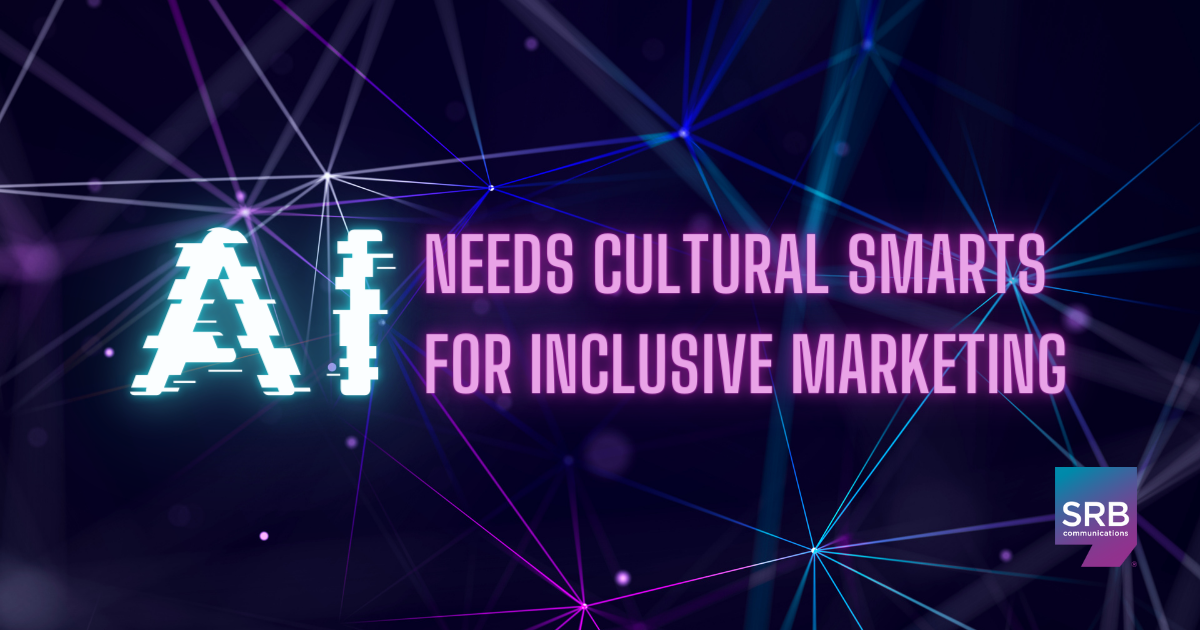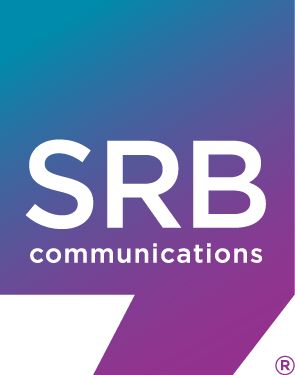News & Insights
AI Needs Cultural Smarts for Inclusive Marketing

Pocstock CEO Steve Jones sees serious flaws in the artificial intelligence platforms that marketers are using to find stock images of multicultural people.
“AI amplifies stereotypes that exist in society,” Jones told marketers at American Marketing Association’s recent online symposium devoted to Diversity-Driven Marketing. “You need to have an air of skepticism.”
In other words: What goes in is what comes out. AI platforms are based on human intelligence with all its limitations, Jones said in his session titled “Decoding AI Bias in Marketing.” AI needs cultural smarts for inclusive marketing.
To be fair, Jones has a dog in the fight for more reliable AI products. Marketers know Pocstock as a global supplier of stock images featuring people of color. Pocstock is developing an AI platform with inclusive images, Jones told the audience.
Accuracy Falls Short
Today’s AI platforms are not completely accurate, Jones warned. The ones he’s seen fall into a range between 8% and up to 90% accurate. He describes AI as a useful tool for enhancing a normal human task, say adding a line of text to copy that’s already been written, but to replace human intelligence? “That’s a challenge,” he said.
“AI translates the data that goes in and predicts what it thinks should be the outputs for the user,” Jones said.
DeShan Brown, Pocstock’s chief relationship officer, emphasizes that marketers still need to employ or have access to people with cultural intelligence. The more curious and the more inclusive marketers are, the better they will be at feeding the necessary data into AI platforms that will produce better outcomes, he said.
According to Jones, searching for “beautiful woman” on an AI platform typically produces only images of blonde, white women. Similarly, searching for “Middle Eastern man” often yields a stereotypical image of a man wearing a keffiyeh, a headdress.
Recently, Google retooled its Gemini platform because it “overcorrected” for a lack of diversity – introducing diversity where it didn’t belong, he said. (Queries for Nazi-era German soldiers and U.S. Founding Fathers were depicted as people of color, according to The Verge.)
The reverse has happened too, Jones said.
Professional Stereotyping for Inclusive Marketing
An Asian college student had tried to use AI to edit her headshot and create a professional-looking LinkedIn profile photo. After typing “professional,” what she got back removed her Asian facial features, changed her eye shape and color, her hair color, skin tone and the shape of her face.
Brown said marketers creating content for diverse audiences need to humanize the process. That means creating teams that have cultural diversity with at least one member who understands the people and culture of the target audience. When that’s not possible, do as Pocstock does and bring in partners who possess the knowledge.
In Jones’ view, AI developers and marketers using AI need people involved who understand diversity, can spot stereotypes and can provide wise guidance. Without having someone involved who’s thinking about people, “a lot of these tools won’t be ready for commercial use anytime soon,” Jones said.



